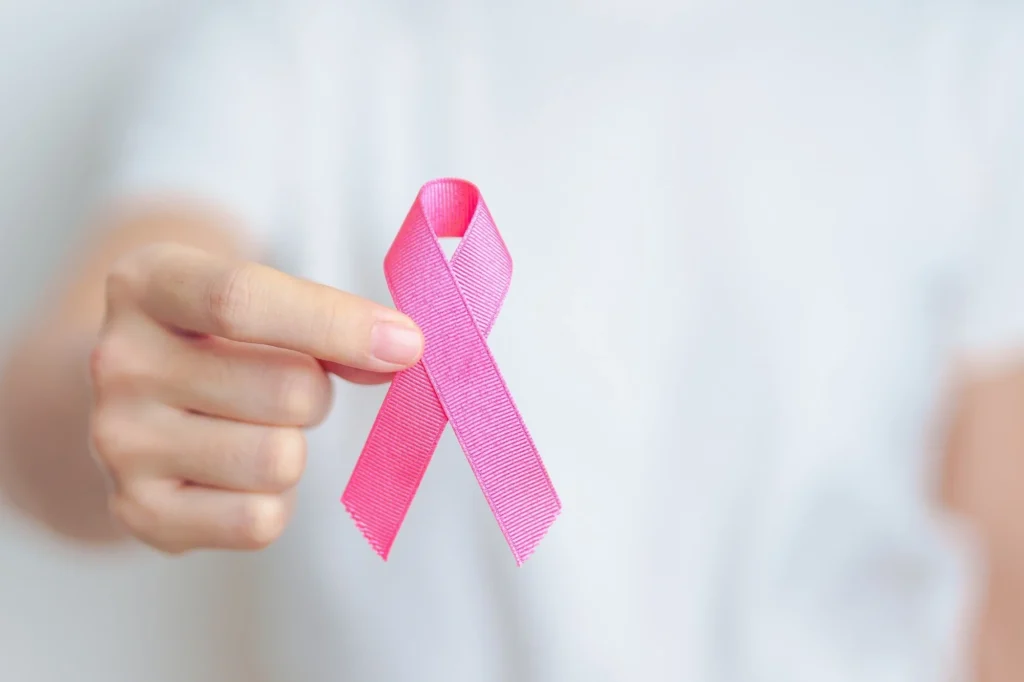In Nepal, conversations around cancer are often surrounded by fear, stigma, and misinformation. Despite advancements in medical science and increasing public awareness, many people still hold outdated or incorrect beliefs about cancer. These myths not only delay diagnosis and treatment but also isolate patients from their communities and support systems.
As a medical oncologist and someone who has spent more than a decade treating cancer patients, I’ve encountered these myths time and again. It’s time we address them because fighting cancer starts with knowing the truth.
Myth 1: “Cancer is always fatal.”
Reality:
Cancer is not a death sentence. Thanks to advancements in early detection, targeted therapy, immunotherapy, and supportive care, millions of people around the world are surviving and thriving after cancer. Even in Nepal, if detected early and treated appropriately, many types of cancer including breast, cervical, prostate, and certain blood cancers—are highly treatable and even curable.
Myth 2: “Only older people get cancer.”
Reality:
While cancer risk does increase with age, it can affect people of all age groups, including children and young adults. In recent years, we’ve seen rising cases of breast cancer, blood cancers, and gastrointestinal cancers in people under 40. It’s crucial for everyone to stay informed and not delay medical attention just because of their age.
Myth 3: “Cancer is contagious.”
Reality:
Cancer is not contagious. You cannot “catch” cancer from someone through touch, sharing meals, or living together. Unfortunately, due to this myth, many cancer patients in Nepal are isolated or discriminated against—even within their families. This not only harms their mental health but can also hinder their treatment. Cancer patients need love, support, and compassion—not distance.
Myth 4: “Surgery spreads cancer.”
Reality:
This is a common and dangerous misconception. In fact, surgery is often the most effective way to remove cancer completely—especially in its early stages. The idea that cancer spreads when exposed to air during surgery is a myth. Avoiding surgery out of fear can lead to progression and lower chances of survival.
Myth 5: “Cancer is always inherited.”
Reality:
While family history can increase the risk of some cancers, most cancers are not inherited. Lifestyle factors such as smoking, alcohol consumption, poor diet, physical inactivity, infections, and environmental exposures are much more significant contributors. Regular screening and healthy living can go a long way in reducing your risk—even if you have a family history.
Myth 6: “There’s no cancer treatment in Nepal.”
Reality:
This is no longer true. Over the past decade, Nepal has made significant strides in cancer diagnosis and treatment. Institutions like Nepal Cancer Hospital and Research Center (NCHRC) now offer chemotherapy, targeted therapy, immunotherapy, and palliative care with modern equipment and trained specialists. Cross-border travel is not always necessary for treatment, especially when early care is available locally.
Breaking the Silence
Myths about cancer are not just misinformation—they are dangerous barriers to early detection, timely treatment, and emotional well-being. It’s time we talk openly and responsibly about cancer in our homes, schools, and communities.
If you or someone you know has symptoms that are unusual, do not ignore them. If you are diagnosed with cancer, seek treatment not blame. And if someone in your family is living with cancer, be their strength not their stigma.
Together, we can change the narrative. We can replace fear with facts and silence with support.
In conclusion, dispelling cancer myths is as vital as delivering the treatment itself. Misinformation creates unnecessary fear, delays diagnosis, and isolates patients when they need support the most. By replacing these long-held misconceptions with accurate knowledge and compassionate conversations, we can encourage early detection, reduce stigma, and empower individuals and families to face cancer with hope and strength.

